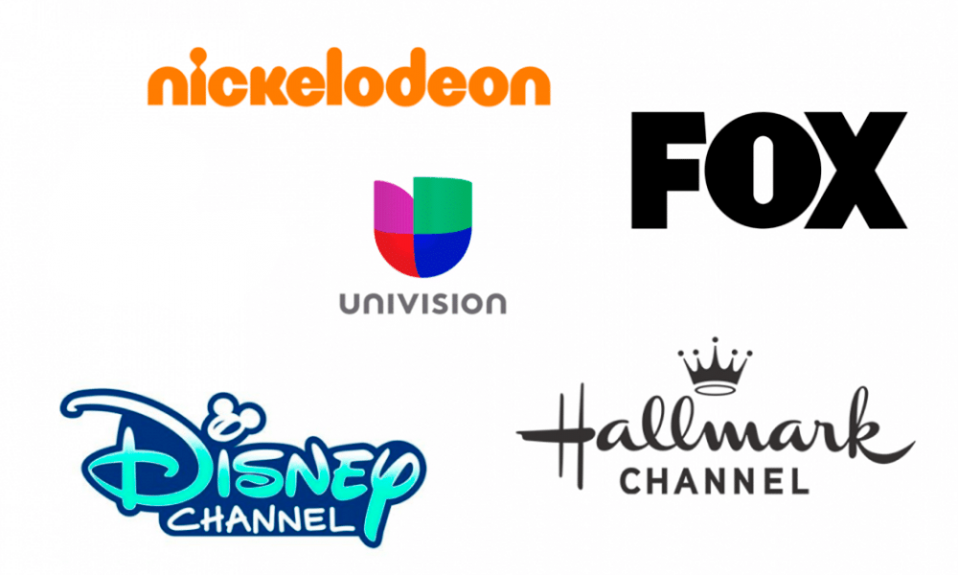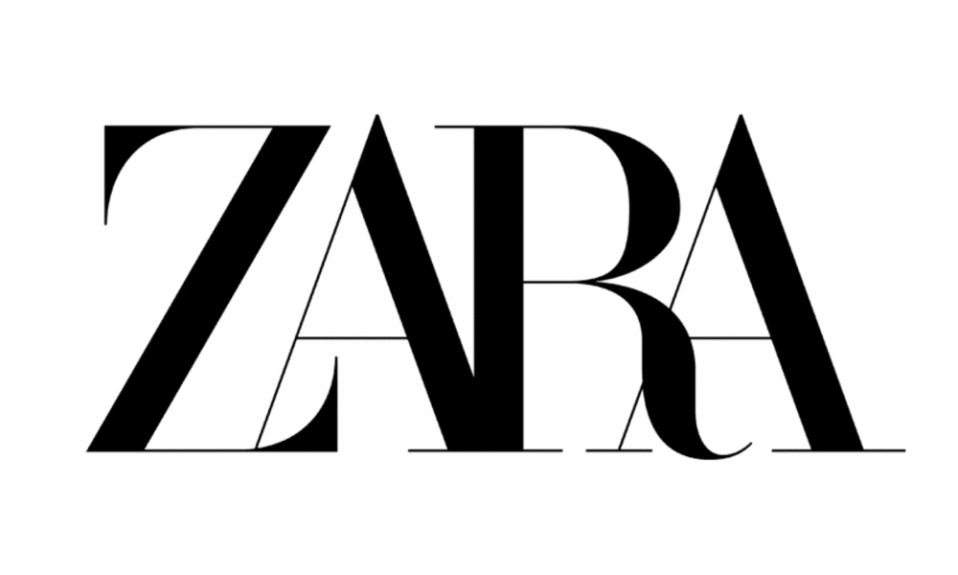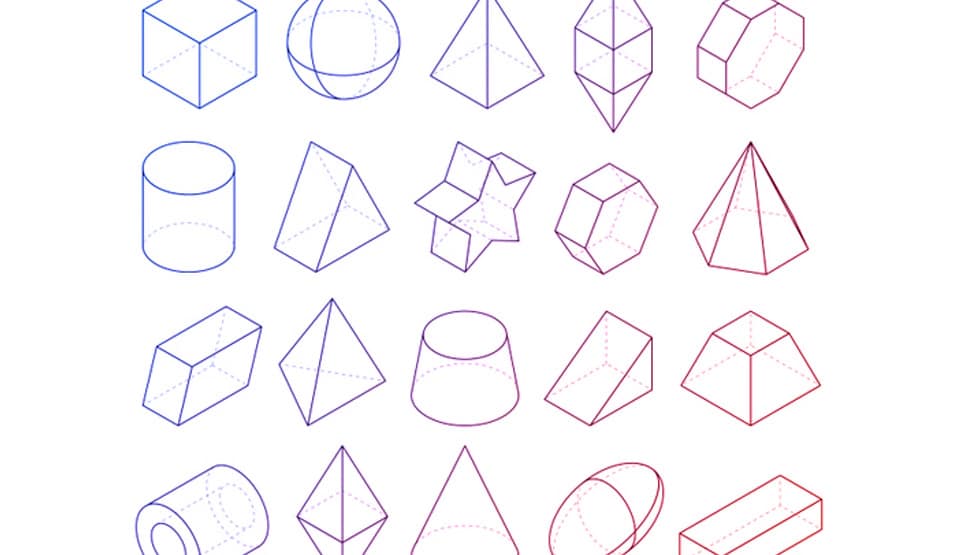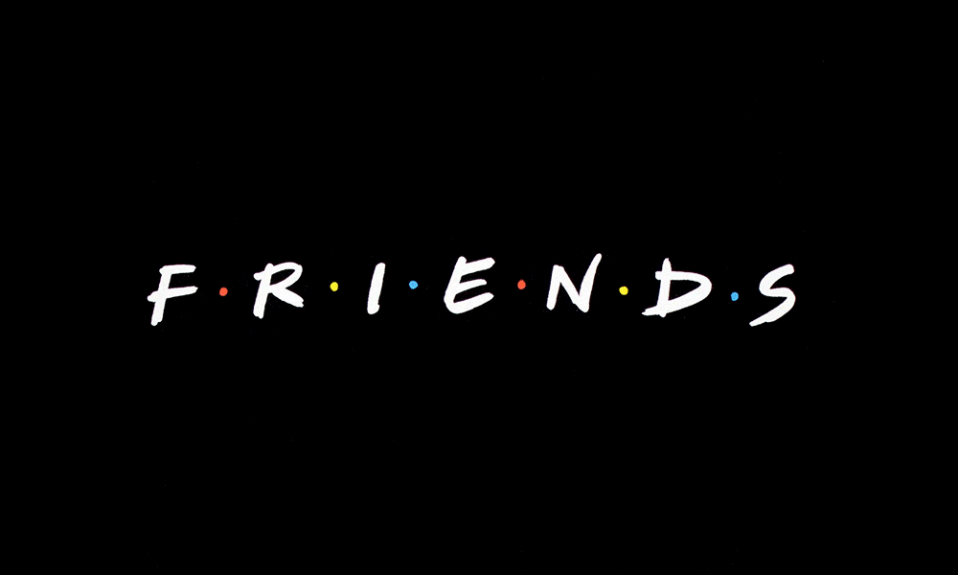A logo may seem simple at first glance, but closer inspection reveals clever uses of space. Although it may not be immediately obvious, these logos convey subtle messages and make use of the space around them to add depth.
Sometimes, designers leave the space around the logo unused. Instead of focusing on the main subject of the logo–the text or the image in the center–in some cases. Designers can use this space to create logos that communicate with the reader on both a simple and deeper level.
Create your own logo with Turbologo logo maker. It takes less than 5 minutes and no design skills needed.
Go to Logo MakerNegative space can have many benefits in logo design. These include the additional layers that you can use to communicate your brand identity and a better composition that makes designs easier and more effective. It is important to understand the basic design elements of this essential design element.
Table of Contents
What is negative space?
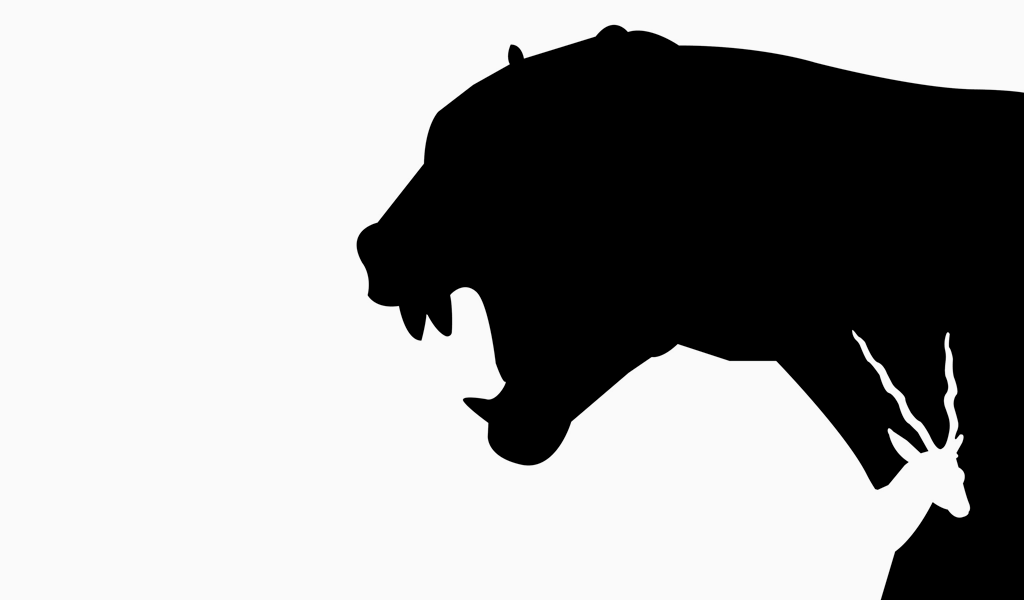
Negative space refers to the empty or blank space left around an illustration and helps define it. It’s simply the empty space that is left around an illustration or design. Negative space is often used and plays an important part in the design.
At its most basic, negative space is important in composition–how you place different elements in a design. Designs that have too many components or not enough space can look chaotic and cluttered. Too much can make it seem like design is an afterthought, and make it uninteresting.
Negative space can be used in logo design to enhance the subject or create subtle optical illusions in conjunction with the text and logo mark.
Why use negative space in logo design

While not all situations call for extensively using negative space, there are some clear benefits to consider when you create your logo.
- It showcases your creativity. Negative space logo designs need to be balanced and creative. This effort pays off when customers appreciate its whimsical nature. It’s a great way for your company to show off its ability to invent and think outside of the box.
- Negative space allows you to work with the elements already on the page, without adding more. This way, you can create something unique, all while keeping it simple.
- It helps make your logo more memorable. A clever logo will be more remembered than one that is too generic. This can also help you to stand out from the crowd. You can create a logo that stimulates thought and sticks in the mind by creatively using negative space. To do this, you can use AI logo generators.
- It engages consumers. Logos that properly employ negative space can create different optical tricks that include “hidden” messages and images in their logos. These are an easy and fun way to get consumers to your brand.
- It makes your logo stand apart. Using negative space can make your logo stand out by giving it an original twist on a traditional design. You can set your brand apart by incorporating creative elements and using your resources in an innovative way.
There are many ways to use negative space in logo design
These are some of the amazing ways that designers use negative space logos in order to make their brands stand out.
To fit lots of information in a limited space, use negative space
A lot of negative space logos have layered meanings. You’ll find a lot of images within photos, images within letters, and letters within images. Hidden pictures, initials and names, as well as additional information about the brands that they represent, will be found.

The negative space in a logo is like a secret compartment. But instead of hiding extra details, it displays them without making the logo appear cluttered. This is the essence of a negative space logo. Too many details can make your logo look cluttered and distract prospective clients. Negative space allows each element of your logo to shine and breathe in its own space.
Remember that you don’t need to be overly obvious in your negative space. Many of these logos use the negative space to hide important details that aren’t included in the main logo. These details can be playful or serious. It’s up to you.
Minimalism + negative space = a match made in design heaven
Negative space is a great match for minimalism, another 2019 logo trend. A logo’s negative space can be made usable by turning it into detail or a color palette. You can still use them, and make them meaningful. However, if you keep the details to a minimum, your negative space can add dimension and color to make up for any missing or misaligned colors. A minimalist logo that conveys your brand’s personality can communicate the same message as a bold, full-color logo.
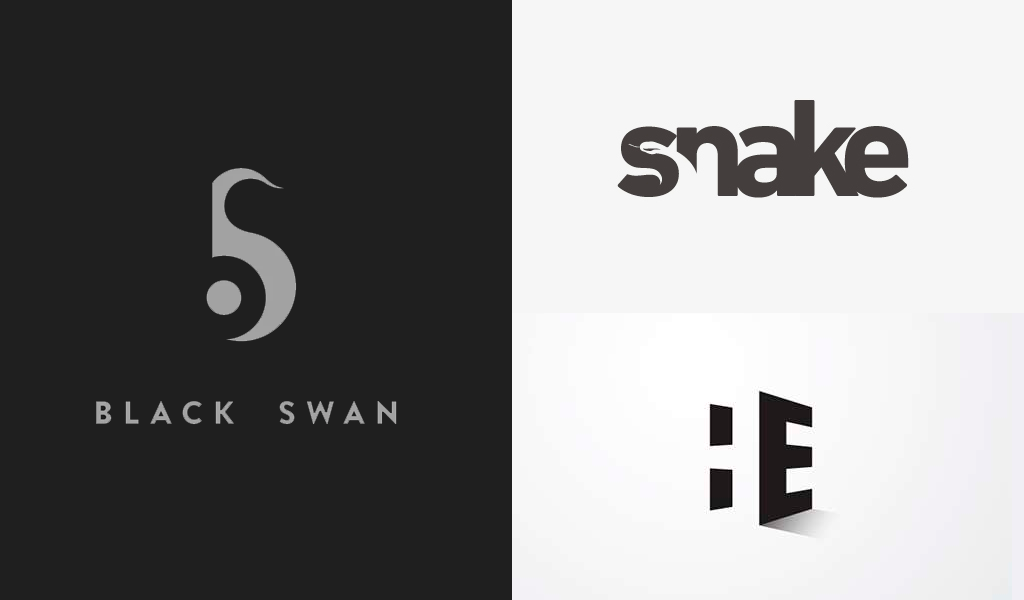
Make your minimalist logo stand out by using its negative space. Your viewers will already be able to see your lines and shapes as a cohesive image if your logo is abstract. You can use their attention already to your logo’s negative space by creating a clever logo that combines your positive and negative spaces.
Create faces in negative spaces

Pareidolia refers to the phenomenon of seeing faces in images that don’t have faces. Imagine looking at a car head-on. If you look at a Buick, you might see a smiley face or flared nostrils when you are looking at a BMW. There’s some evidence to suggest that pareidolia has evolutionary roots, that we’re wired to pick up human faces so we can read them for information about who we’re making eye contact with.
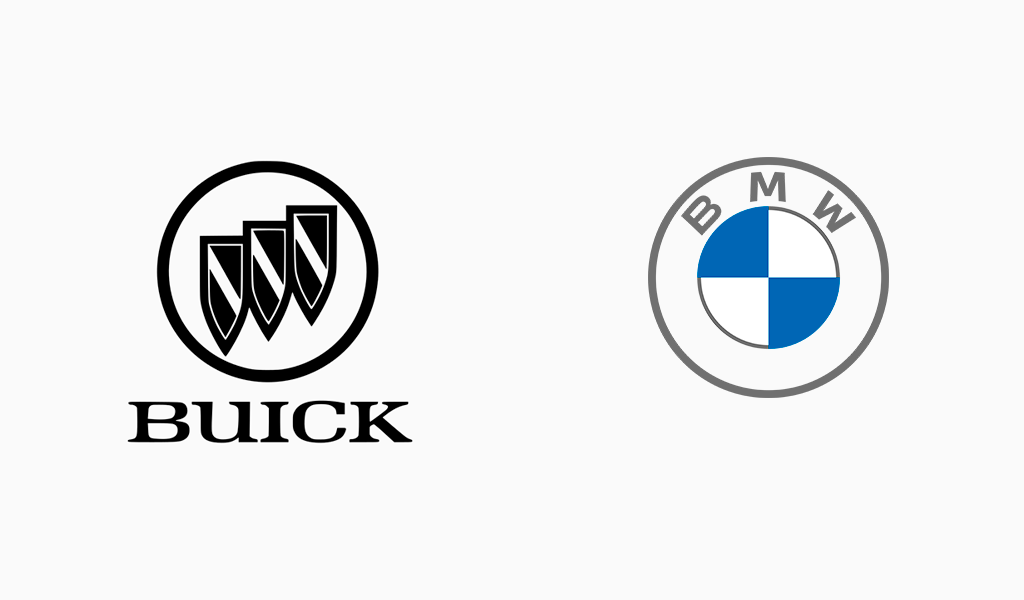
By creating a negative space face within your logo, you can make eye contact with potential buyers. This is a common way for brands to personalize products and services that may otherwise seem cold or impersonal. This strategy is not common, but it works. This technique can be given a creative twist by using negative space. Your brand and your target audience will determine the type of face you create – a cute, smart, approachable, enthusiastic, or wizened face.
Highlight important details in negative space

As we have mentioned, the negative space in your logo is a great spot to add details that are difficult to fit into the positive space. You don’t have to use your negative space to hide your details. Instead, you can make it a visual highlighter.
Your logo should be a visual representation of what you want viewers to see. This is not the same as sneaking in little jokes into your logo’s negative space. You can use the negative space to highlight one or more key messages.

You can be funny or serious with your negative-space sneak-ins. Or you can use it to be more literal and highlight certain attributes, such as how Whole Foods uses negative space in its logo to transform one of its Os into an apple. This symbolizes its commitment to natural foods.
Use a limited color palette to create contrast
You don’t have a lot of colors so you will need to think of other ways to make your logo stand out. You can use the negative space to create detailed images. Contrast is your friend when you have a limited color palette. Negative space makes it difficult to incorporate contrast into your logo. Use it to contrast your bff and create striking images that are deep even though they have limited palettes.
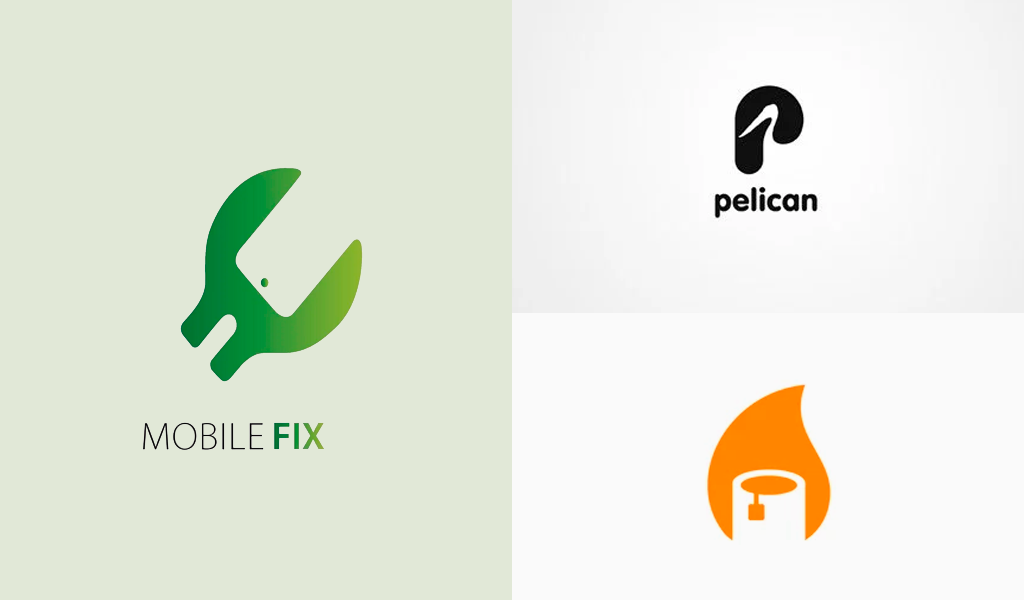
You can also use negative space to create depth to make three-dimensional images. Draw a 3D cube quickly on paper. Although it’s only lines that overlap and intersect, your brain interprets them as a cube. Why? Because it knows which side should be shaded. To do the same with your logo for the limited palette, use negative space.
Even if your logo has a limited color palette, it’s likely that you will create a limited-color version of it to print on stationary and envelopes. You can avoid the problem of losing a part of your logo when it is translated from full-color into black and white by creating a high-contrast, negative space logo.
How to make a negative space logo

Learning to embrace negative space – When you are focusing on the positive space, it is easy to forget that there is empty space on a page. Negative space can be seen as a border around your logo, which can make it difficult to remove a crucial design element. You can reduce the number items on the page by considering how you are using it.
Subtract Negative Space – This is a common problem in design. You can have a lot of negative space after completing an initial draft. You don’t have to go back to the drawing boards, however. You can subtract parts of your design and create negative space by removing clutter.
Consider negative space as early as the first stage of logo design. Instead of struggling to find a way to add negative space to your design after you’ve created your drawing, create it already with the concept in mind. Plan ahead and the logo will look natural.
Think Outside The Box – Although negative space logo designs are designed to promote creativity, they can also be seen as generic and boring if too conservative or generic. Be bold, think out of the box, and create unorthodox designs. You’ll be able to differentiate your brand and logo by creating something unique.
Think About How Negative Space is Best Applied – Different logos have different needs. Trying to incorporate something that doesn’t work into your design can cause damage to your brand. Instead, you should focus on the type of negative space that you can use and how to best incorporate it. Although your brand might not be suitable for double entendres, adding a hidden image to your logo can add a personal touch.
More to You
Negative space can be a fun, unique strategy to add creativity and personality to your logos. It’s more than a border for your logos. It can help to convey the brand personality and values of your company to potential viewers.
You can create a unique logo that is engaging and intrigues customers by focusing on the negative space at the beginning. It can make your logo stand out in any industry.
Blog editor and content marketing specialist at Turbologo. Writing about Marketing and design. Victoria’s articles contain useful tips on how to build a brand and promote it online.



